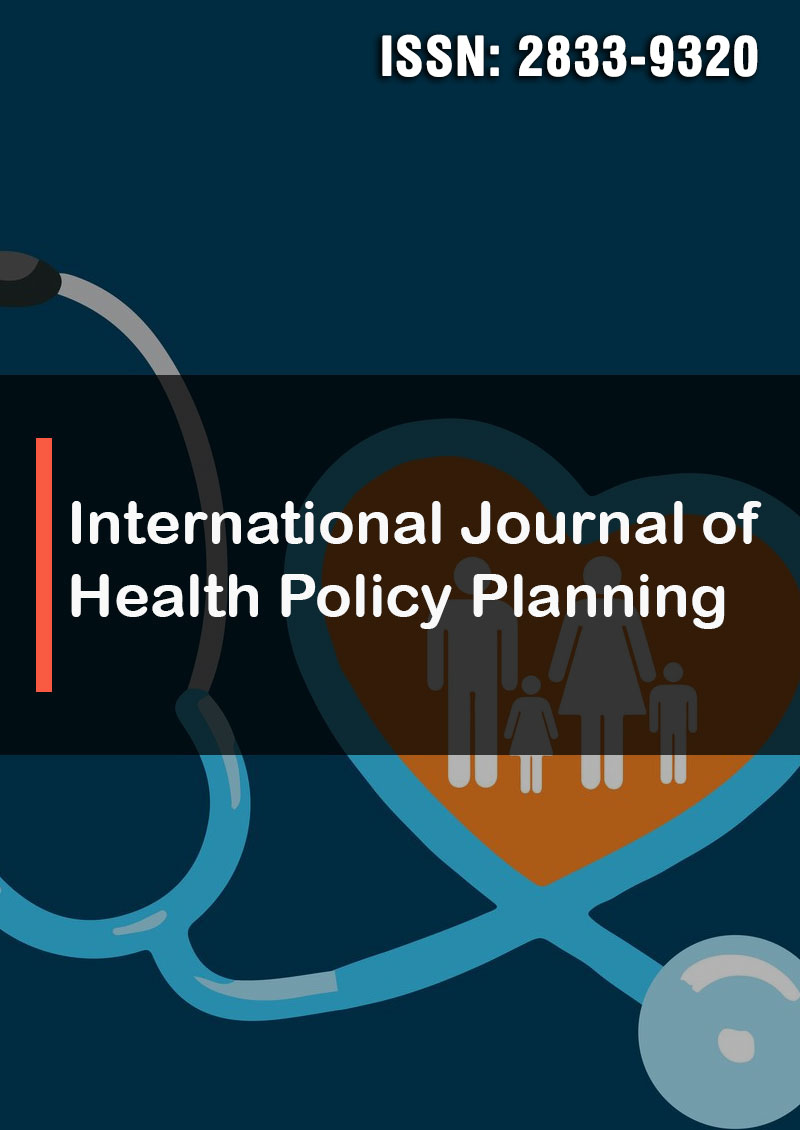Inequalities and Policy Gaps in Maternal Health: Evidence from Empowered Action Group States in India
Abstract
Manzoor Ahmad Malik, Saddaf Naaz Akhtar, Eram Naaz
Background: Health inequality in maternal health is one of the serious challenges currently faced by public health experts. Maternal mortality in Empowered Action Group (EAG) states is highest and so are the health inequalities prevalent. Therefore, we examine to understand maternal health inequality and the risk factors with respect to the EAG states in India.
Methods: A cross-sectional data from NFHS-4 (2015-16) for EAG states of India was used. Bi-variate, multivariate logistic regression, and probabilities were carried out to investigate the factors. Also, concentration indices were used to measure health inequality.
Findings: Our finding showed four outcomes of maternal health-antenatal care of at least 4 visits (ANC 4+), institutional delivery, contraption-use, and unmet-need. Our finding revealed the average predicted probability of women currently married using ANC 4+ in rural area is 5 percent higher than that of urban areas for EAG states. Lower contraception use, institutional delivery, and unmet need are observed among urban women. The results also indicate that better maternal health is heavily concentrated among the richer households, while negative concentration index of unmet need clearly reflects the greater demand for higher unmet need among the poor households in the EAG states.
Conclusions: Challenges of inequalities still persist at large in maternal health, but to achieve better health these inequalities must be reduced. Since inequality mainly affects poor households due to lower level of income. Therefore, specific measures must be taken from a demand-side perspective in order to enhance their income and reduce the disparities in the EAG states of India.




